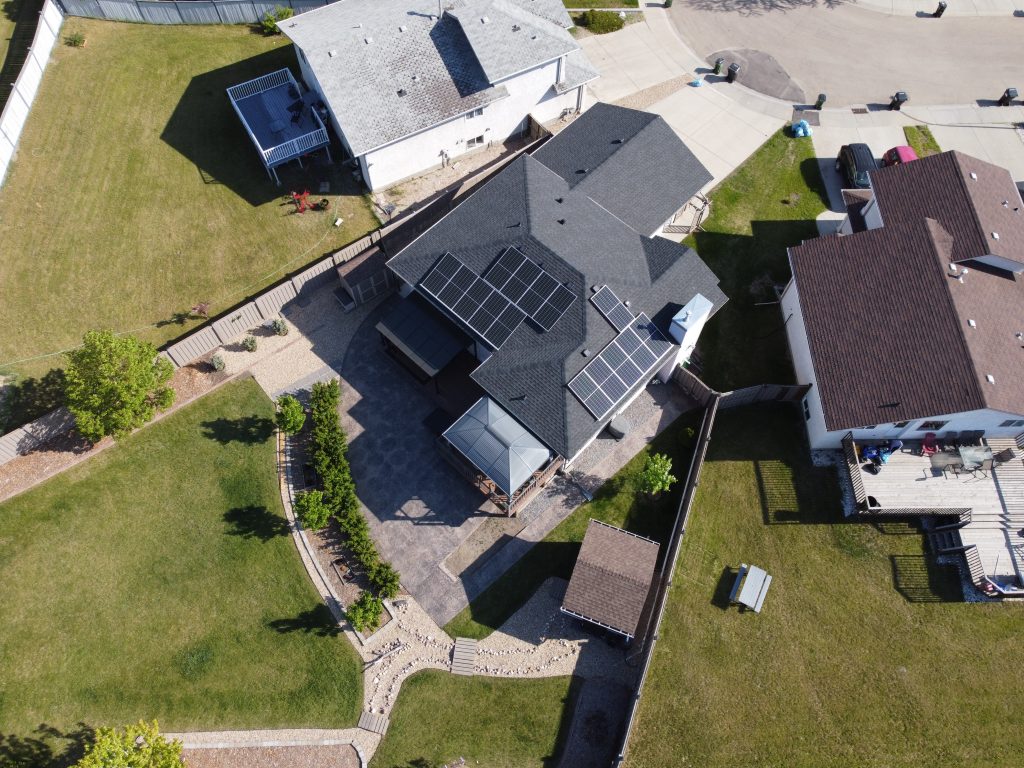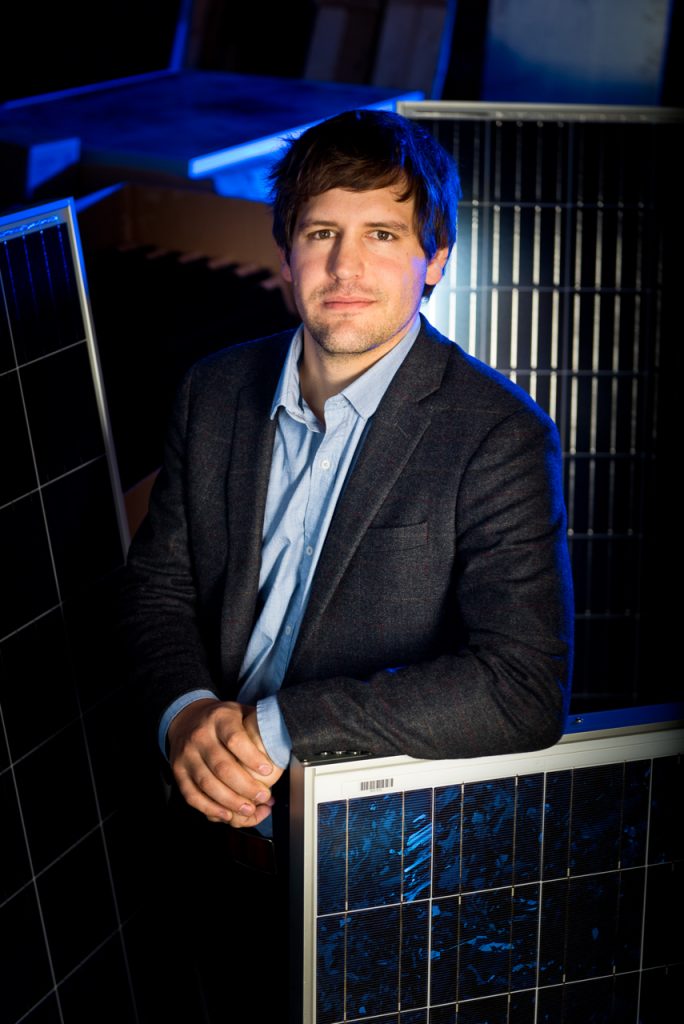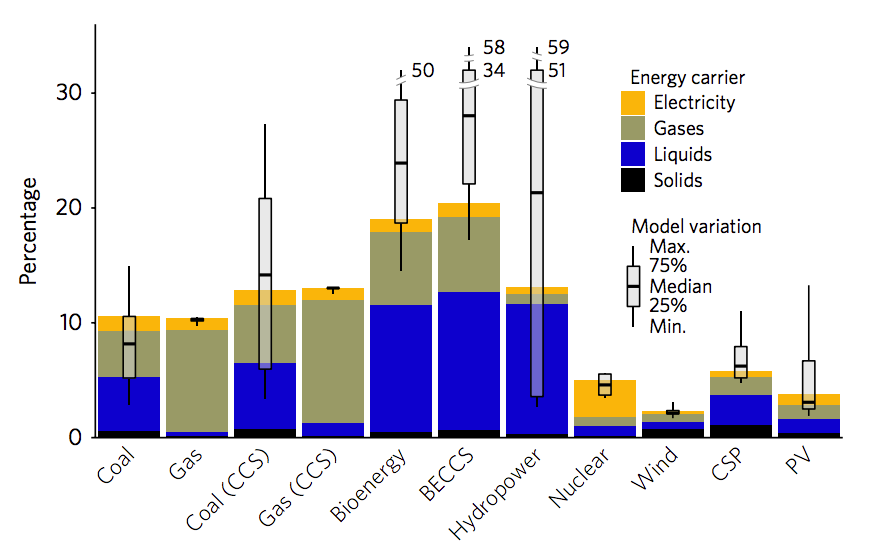By David Dodge, GreenEnergyFutures.ca
Solar is now one of cheapest ways to generate electricity and the icing on the cake is it produces no greenhouse gas emissions, right?
It’s true that solar produces no emissions as it generates electricity from the sun, but what about all the embodied emissions from the materials and construction of solar farms?
Carbon Cure defines it as: “The carbon dioxide (CO₂) emissions associated with materials and construction processes throughout the whole lifecycle of a building or infrastructure.”
Skyfire Energy was one of the first solar companies in Alberta and their plan is to produce “Zero Carbon Solar.”
“We’re a business like any other,” says David Vonesch, president of Skyfire Energy. He says Skyfire has emissions in the electricity they consume in their buildings, the natural gas they use for heating, from staff commuting to job sites, and in the solar PV they are installing.
“The average solar PV system, the mining manufacturing, the upstream emissions, including the construction represents about a ton of CO2 per kilowatt of solar installed,” says Vonesch.


Reducing already low emissions
Skyfire then worked with Radicle, a Calgary-based company that sources offsets for carbon emissions.
“There is a lot of greenwashing in that space,” says Vonesch. “We really took our time to make sure we could find a trusted partner where we could buy offsets that we knew weren’t being sold twice so we have confidence that we were actually driving additional efforts to reduce emissions internationally.”
Skyfire started tracking emissions after becoming involved with the City of Edmonton Corporate Leaders program which works with companies to track their emissions and set goals to reduce them.
“We set an interim goal for 2025 to electrify a quarter of our fleet” and “We set a very ambitious goal to be net zero emissions by 2030,” says Vonesch.
They’ve created a staff commuting incentive to reduce emissions and thanks to COVID Skyfire has very flexible work policies as well. And Skyfire has started transforming their fleet by adding Chevy Bolts for driving to site assessments and they’re their first Ford E-Transit EV truck on the road for construction work.
Skyfire could be the first Alberta company to offer Zero Carbon Solar as a result.
“We’re really hoping it, it, it encourages other businesses to start looking at this, to start tracking their emissions, and to start offsetting emissions.”
The Catch-22 of offsets
As Vonesch says it’s very important to take great care in sourcing carbon offsets that should adhere to a number of principles as outlined in this very thorough article “Can you really negate your carbon emissions? Carbon offsets, explained.”
Indeed, there is a Catch-22 with offsets. You buy offsets from a new build solar project overseas, but the project has its own embodied emissions.
Many experts acknowledge this sort of endless loop, but say offsets can dramatically help “reduce” emissions.
And as it turns out solar and wind power have by far have the lowest embodied emissions of any method of producing electricity from the start.

So when a solar company like Skyfire reduces and offsets its embodied emissions it is going to set the highest bar possible for emissions reductions.





